Marianne North: The intrepid Victorian who climbed mountains and paddled up rapids to create unforgettable natural art
Victorian artist Marianne North braved jungle rapids, forests and mountains to capture the blowsy beauty of tropical plants on canvas. Carla Passino paints the life of a woman who defied conventions to forge her own path.

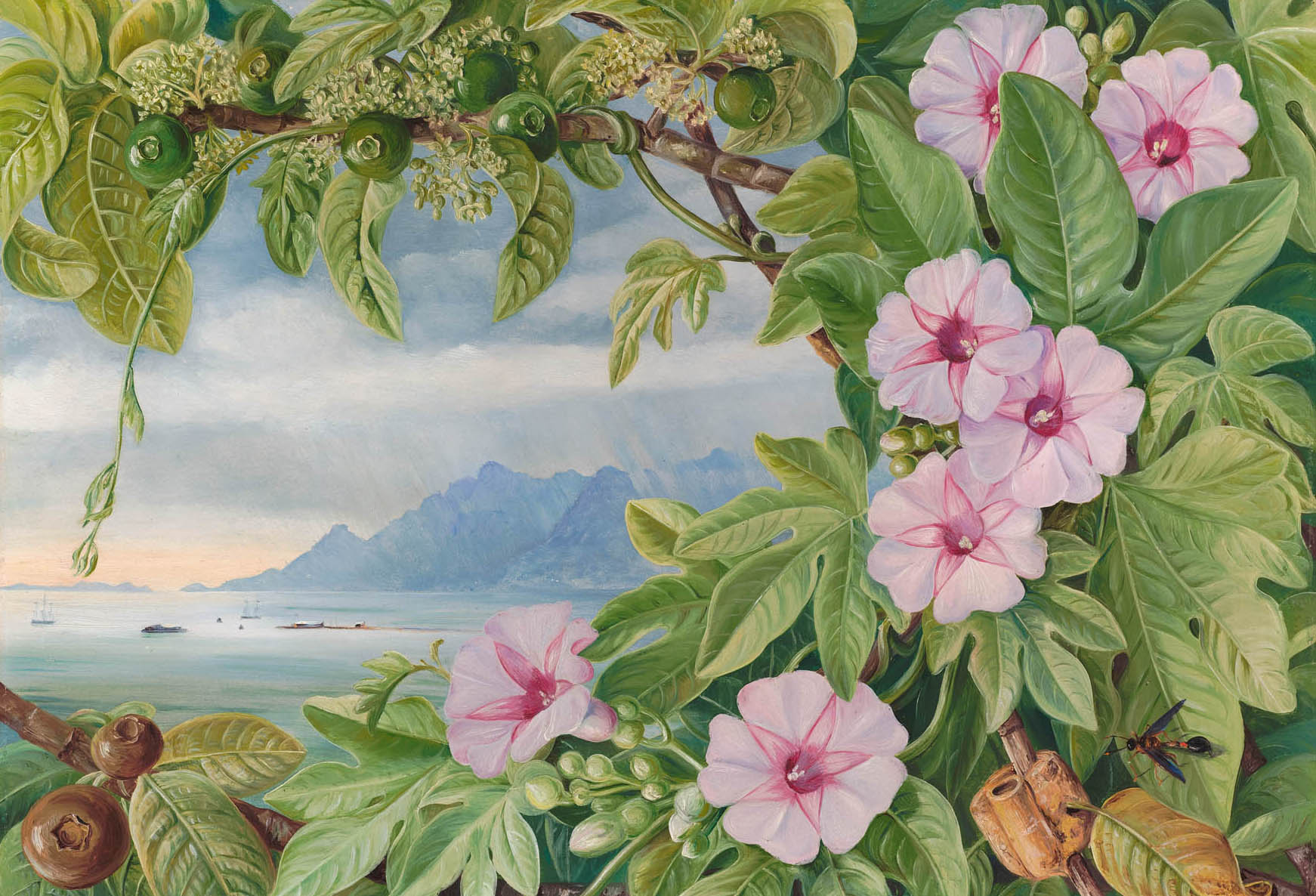
door of the Marianne North Gallery at Kew Gardens in west London opens and three visitors make their way in, sun hats askew, looking a little battered in their checked shirts and shorts. Their jaws drop. Whatever they were expecting when they sought respite from this summer’s lone day of muggy heat, it wasn’t the barrage of colours that explodes from every wall. Here are the blowsy flowers of a giant Amazon water lily, rich white with pollen or spent and pink after the insects’ harvest; there is a bilimbi, its trunk festooned with small purple flowers. Asian orchids burst pink and alluring from a tangle of tropical leaves. The fiery blooms of the Indian coral tree clamour for attention from an inner door’s lintel and, in a corner, a butterfly hovers over the plump bulb of Boophone toxicaria, brown under a pink cloud of petals.
Every inch of the gallery is covered in vivid botanical paintings, hung in a scheme of geometrical perfection conceived by the artist, Marianne North, herself, more than a century ago. When she bequeathed her collection to Kew, North also paid for the building to house it, but stipulated that her paintings would have to remain together in the way she had envisaged, in part, says gallery manager Victoria Kew, ‘because she didn’t want any interfering botanist coming to change it round. We think she even painted some fillers to make it all fit together’.

This may sound far-fetched, but North was in every way an unconventional woman. At the ripe age of 39, when many Victorian spinsters would be embracing a life of quiet solitude, she decided to leave Britain behind for a whirlwind tour of 15 countries to paint the exotic plants she had long wished to see. Between 1871 and 1885, blue spectacles on her nose, brushes, easel and oil paints in hand, she hopped from the crimson maples of New Hampshire to the ‘feathery palms’ of Brazil and the ‘curious lava cracks’ of Tenerife, filled with large oaks and sweet bay trees. Everything about plants enthralled her: ‘My sister was no botanist in the technical sense of the term: her feeling for plants in their beautiful living personality was more like that which we all have for human friends,’ Janet Catherine North Symonds wrote of Marianne after she had died.
Decades earlier, a visit to Kew Gardens had ignited in North a passion for both the tropics and botanical art. ‘It was in the Palm House that [botanist and Kew director William] Hooker gave her a plant that changed her life,’ explains Miss Kew. North was mesmerised by the hanging bunch of the Amherstia nobilis, calling it ‘one of the grandest flowers in existence’. It was, she recalled, ‘the first that had bloomed in England, and made me long more and more to see the tropics’.
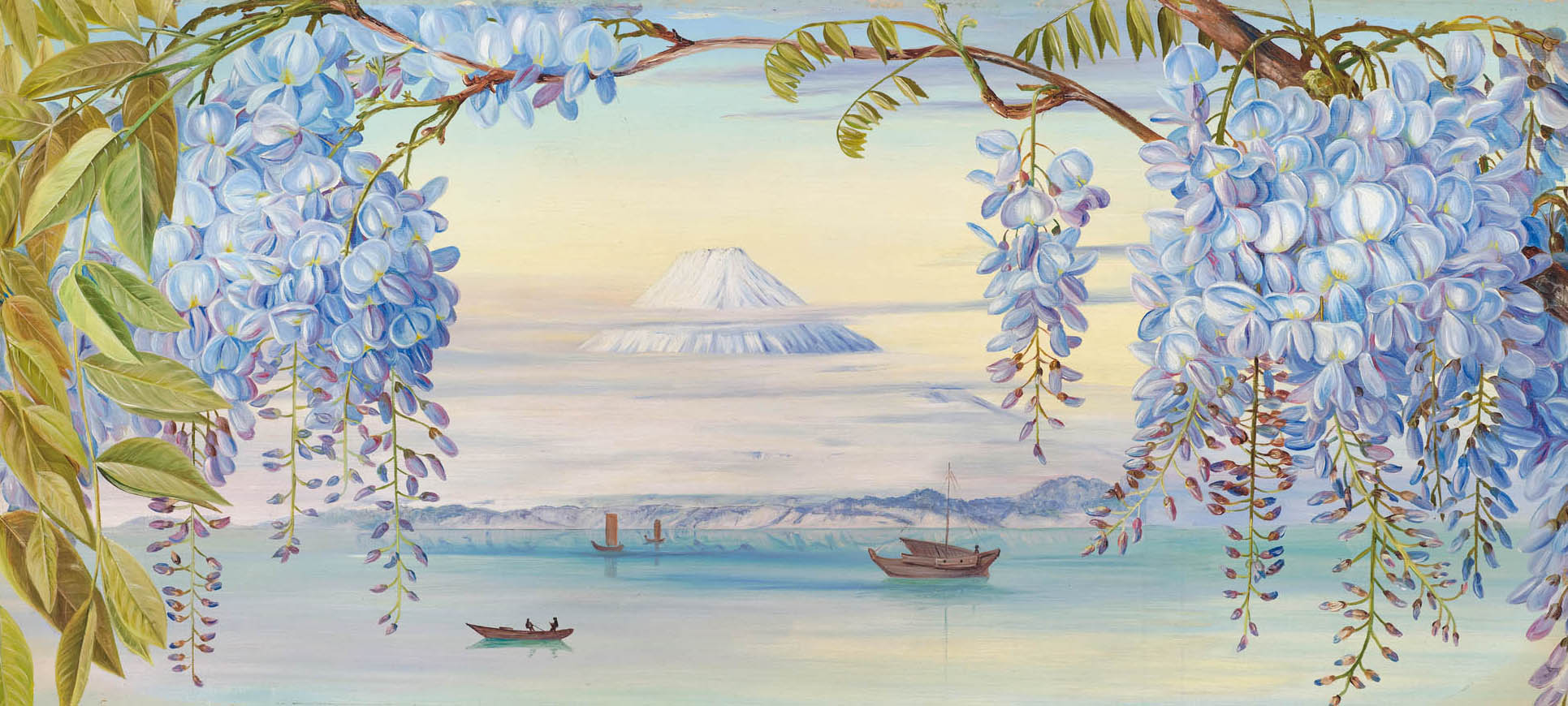
After the death of her father, MP Frederick North, with whom she had travelled across Europe and the Middle East, she found herself at once prostrate with grief and independently wealthy, so resolved to throw herself into art and embark on new journeys — solo. (A brief experience with a companion shaped her views that a group of two was one too many.) Letters of introduction from English notables prevented her gaining a reputation for lunacy or loose morals, yet she still had to brave canoeing along jungle rapids, traversing tropical swamps and scaling forbidding peaks, all the time fighting rheumatism, gallstones, nervous breakdowns and vexing petticoats (although Margaret de Windt, the Rani of Borneo, frowned at North’s ‘undraped knees’).
The life and times of Marianne North
- October 24, 1830 Born in Hastings, East Sussex
- 1847–50 The North family embarks on a three-year tour of Europe
- 1855 Her mother, Janet, dies, and North and her father, Liberal MP Frederick North, take a flat in Victoria Street, London. Over the following years, North and her father frequently visit Kew Gardens, where director Sir William Hooker gives North a bunch of flowering Amherstia Nobilis, sparking her passion for tropical plants
- 1859–60 North, her sister, Janet Catherine, and her father travel across Europe
- 1865 North’s father loses his seat in Parliament, after which he and his daughter travel across Europe, North Africa and the Middle East
- 1867 The two journey across Europe. North switches from watercolours to oil paints
- 1869 North’s father dies, prompting North to travel to the tropics
- 1870 North and her maid visit Sicily, leading the artist to decide that she’d rather journey solo
- 1871 North visits the US, Canada and Jamaica
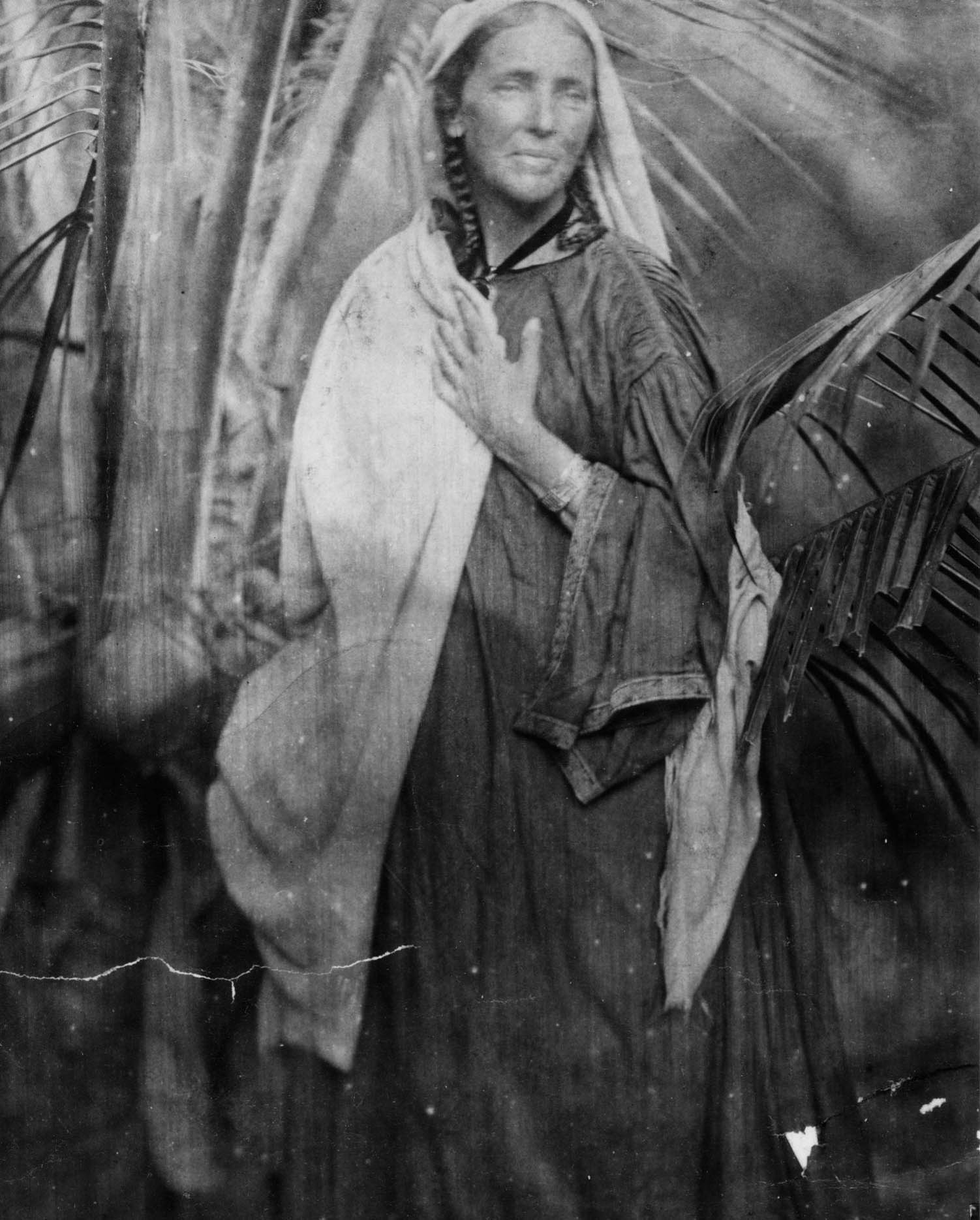
- 1872 She travels to Brazil
- 1875–77 She visits Tenerife, then the US, Japan, Singapore Borneo, Java and Sri Lanka (then Ceylon), where she is photographed by fellow female pioneer Julia Margaret Cameron (pictured)
- 1877 North holds an exhibition of her paintings at Kensington Gallery
- 1878–79 She visits India and also agrees with Kew’s director Joseph Hooker that she will her bequeath the entire body of her artistic work to the Botanical Gardens in perpetuity, funding a gallery that will bear her name
- 1880 On Darwin’s advice, she travels to Australia, stopping in Borneo along the way
- 1881 She goes to New Zealand and the US, before coming back to England, where she plans the gallery’s hanging scheme. Pitcher plant Nepenthes northiana, which she discovered and painted in Borneo, is named in her honour
- June 7, 1882 The Marianne North Gallery opens at Kew
- 1882–83 The artist visits South Africa and the Seychelles. There, she has a nervous breakdown, during which she hears voices
- 1884 Queen Victoria writes to North, calling her gallery a gift to the nation. In November, the artist heads to Chile
- 1885 She adds more paintings to Kew
- 1886 She moves to Mount House in Alderley, Gloucestershire, and writes her autobiography (which is published posthumously in 1892)
- 1888 She is diagnosed with liver disease
- August 30, 1890 She dies at Alderley, aged 59
Actress and Kew Gardens ambassador Emilia Fox experienced first hand some of the hurdles North may have encountered when she followed in her footsteps to Borneo a few years ago: ‘Venturing into the jungle to try and find [giant pitcher plant] Nepenthes northiana in the ancient limestone mountains of Tagore was a physical challenge and I can’t imagine how difficult it would have been in full Victorian clothing, carrying all her equipment,’ notes Ms Fox, who is full of admiration for ‘a woman who had the determination not to let the spirit of the age define what she wanted to do’. The Bornean landscape, she recalls, ‘was almost primeval. The plants and animals are truly incredible, and I was able to appreciate why Borneo was such an irresistible prospect for Marianne, with its almost prehistoric feeling, ancient trees and mangroves’. Having seen in the wild some of the plants North had painted, including two, Crinum northianum and Nepenthes northiana, that were later named after her, Ms Fox realised ‘how exceptionally talented Marianne was to have captured not only the plants themselves, but also the environments and living habitats around them’.
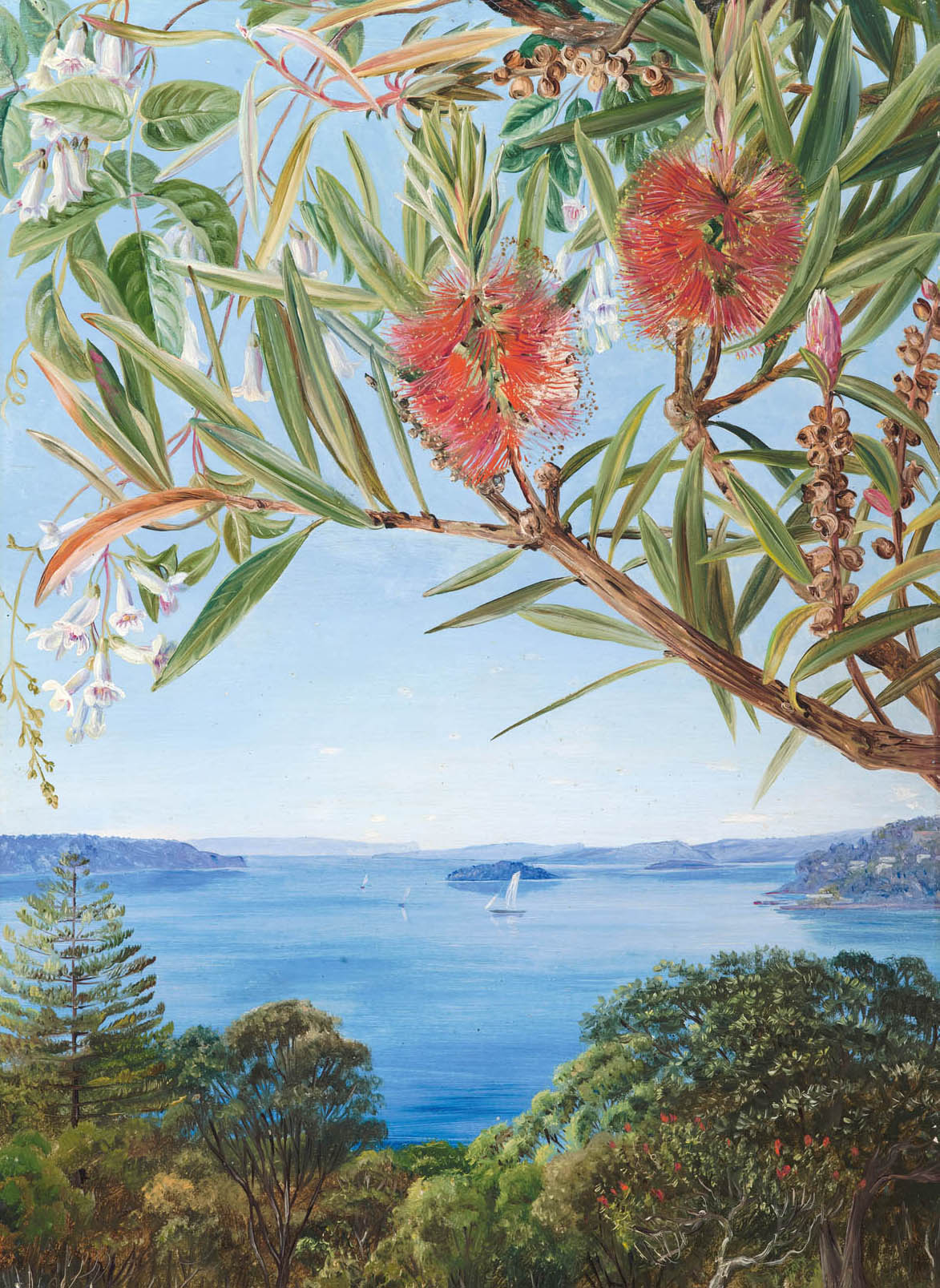
Perhaps because she had no formal training, North subverted the canons of botanical illustration as much as she did societal norms. Until then, artists had produced accurate, but somewhat sterile watercolours of plants set against a drab backdrop. North portrayed the glory of flowers, trees and shrubs in their original home — a blaze of reds, blues and greens. Once, in Java, a fellow artist complained about the monotonous landscape being merely green. ‘I never saw the same in any two trees,’ a furious North wrote. ‘The lilacs and blues of the hills were delicious, the bamboos were just then quite yellow, and the rice fields of every tint… I longed to shake the stupid blind conceit out of the poor limp fellow!’
Exquisite houses, the beauty of Nature, and how to get the most from your life, straight to your inbox.
Often, glimpses of the world would sneak into North’s work: a delicate arch of wisteria framed distant views of Mount Fujiyama, the blinding-white dome of the Taj Mahal soared above tall trees and a shrub embroidered with bold red blooms brought out the blue of the sea in a Sydney harbour still empty of its Opera House. One canvas even shows, tucked among pendulous flowers, two shy (and admittedly rather dodgy) koalas. ‘She was definitely better at painting plants than animals,’ admits Miss Kew, pointing at kangaroos that look worryingly like miniature Tyrannosaurus rexes. ‘She wanted to include them, because she realised how important it was for the whole overview of the area.’
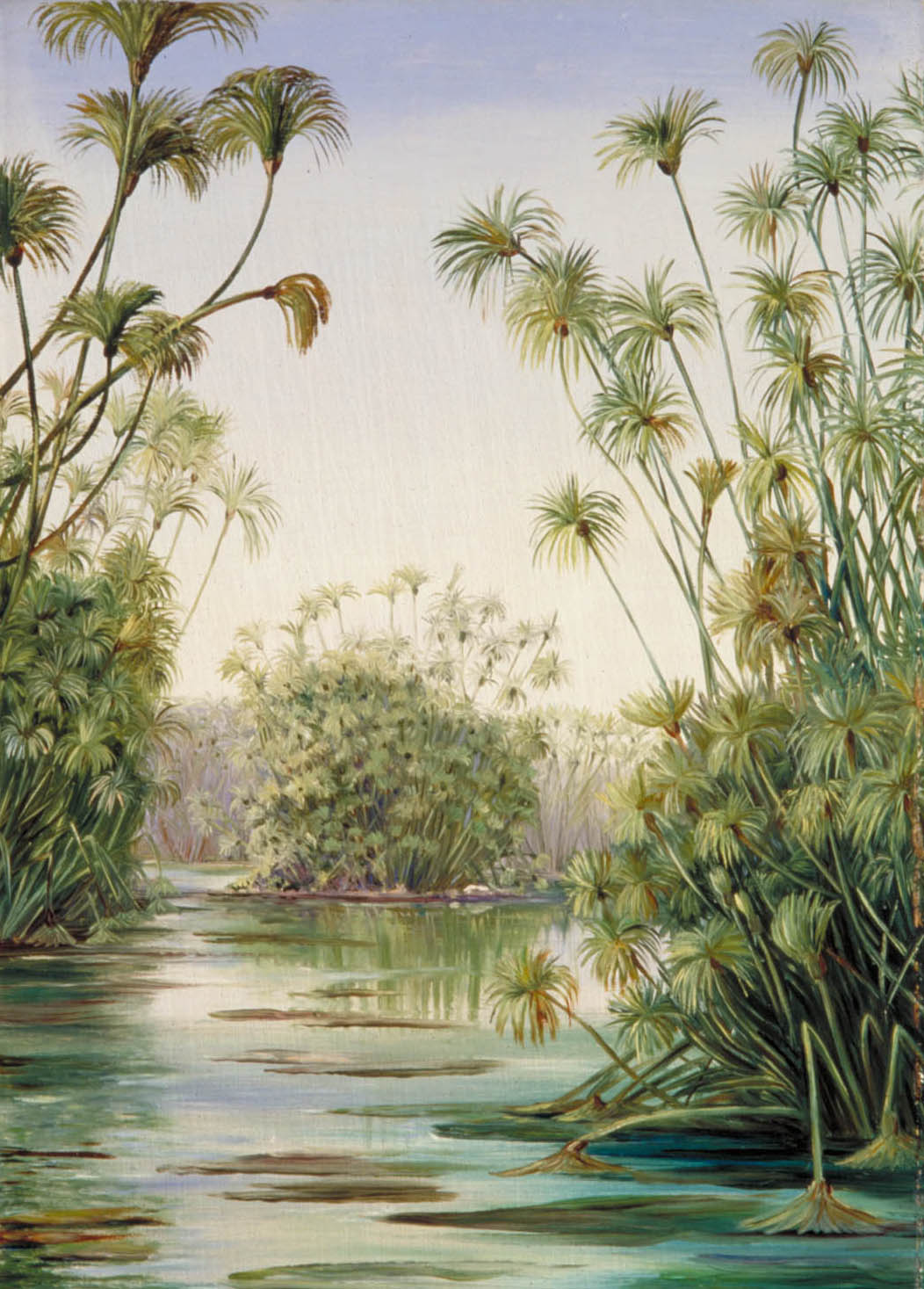
With photography still in its infancy, North’s art was as much about educating people about the world as it was about botany, revealing to the British back home flowers, vistas and even flavours of countries they would otherwise never see. Her painting of a mangosteen shows the fruit’s succulent ‘lumps of snow’ — which, she gushed, ‘melt in the mouth with a grape-like sweetness’ — emerging from the purple embrace of the rind under the distracted eye of a Singapore monkey. ‘In a Victorian world of black and white, Marianne North brought colour,’ enthuses Miss Kew.
Nonetheless, her attention to the wider world was never at the expense of botanical precision. ‘Everything in her paintings is absolutely correct,’ according to Miss Kew. So much so, in fact, that North sent her findings back to the Botanical Gardens and corresponded with eminent scientists, including Charles Darwin: ‘She was a woman in a man’s world — but respected in that man’s world.’
Although she also had her share of detractors, with many traditionalists dismissing her botanical illustrations as too gaudy, North became wildly famous and this helped open more doors for her. The Emperor of Brazil found time to meet her — North noted that he lived the life of a student, rather than ‘that to which ordinary princes condemn themselves’, which gives as much of an insight about her preferences as about his. In a Japan that was barely opening up to foreigners, the Mikado granted her a special licence to visit forbidden areas, such as Kyoto, on the bizarre condition, says Miss Kew, that ‘she wouldn’t try to convert people or scribble on monuments’.
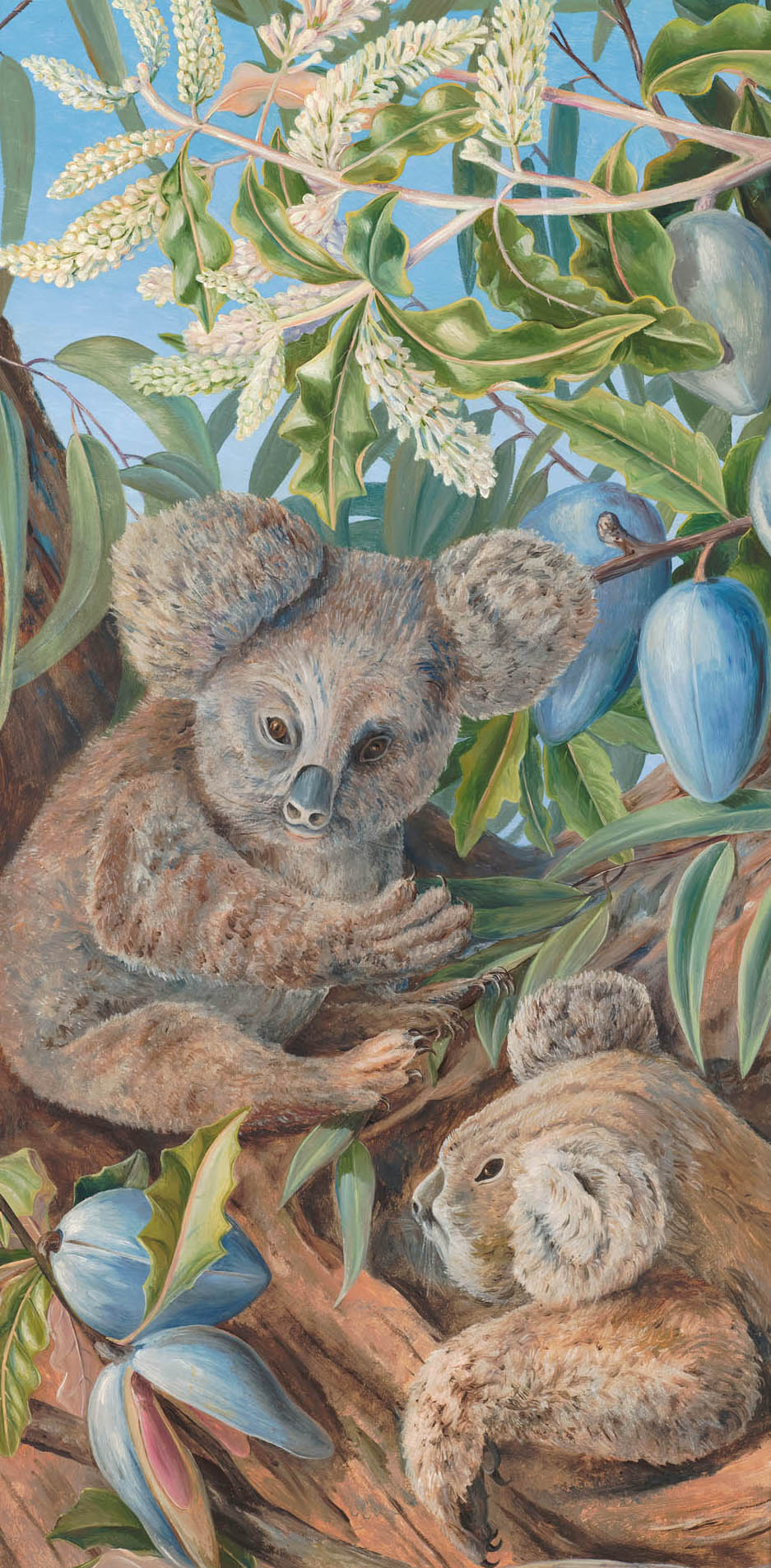
North found Japan unlike any other country she had ever seen, down to the way people rowed, ‘not together, but one man forward and the next back, with a jerky yet graceful movement’. Although the autumn cold forced her to cut her journey short, she loved the ‘excessively neat’ houses with their lily-strewn roofs, the cherry-flower tea with ‘a taste fit only for the fairies’ and the blue-eyed horse kept outside a Buddhist temple ‘in case God came down and wanted a ride’. However, perhaps the place that most captivated North was South Africa, where she spent nine months, completed 110 paintings and still failed to capture every facet of the country’s explosive Nature. She marvelled at the silver trees ‘shining like real silver in the setting sunlight’ on Table Mountain, and at the sheer size and abundance of proteas, their waxy, pointed bracts filled with tightly packed flowers: ‘One large variety seemed to carry its stamens outside. While painting it, I saw them begin to dance and out came a big green beetle. I cut the flower open and found an ants’ nest. The energetic little creatures had pushed the stamens out to make room for their colony.’
Age and illness eventually caught up with North, but she wasn’t one to mope. Instead, she channelled her energy into writing her autobiography, tellingly titled Recollections of a Happy Life; creating her own garden at Alderley, in Gloucestershire; and completing her legacy, the Marianne North Gallery, which had opened at Kew in 1882. By the end of the 1870s, North had contacted Joseph Hooker, who had succeeded his father at the head of the Botanical Gardens, to offer him her paintings — all 838 of them — in a gallery of her own devising.

‘To finish it,’ wrote her sister at the end of North’s autobiography, which was published posthumously, ‘she fought bravely against increasing weakness; when it was done, her strength was also gone.’ For Miss Kew, ‘it’s almost as if she built her own memorial’.
It’s hard to tell what drove North, but ‘she possibly realised how fortunate she was to be able to live her life how she wanted,’ observes Miss Kew. ‘She was determined that she was going to paint the world and that she was going to leave this legacy and educate people. And she’s still doing it now, 141 years on.’
Kew Gardens, Richmond, London TW9, will hold a Marianne North Birthday Afternoon Tea and talk on November 1, 2pm–4pm, tickets from £110. Visit www.kew.org
Rooting for her: the plants that honour Marianne North
Such is Marianne North’s standing among botanists that several plants have taken her name. The most famous is Nepenthes northiana (pictured below) a pitcher plant ‘over a foot long, and richly covered with crimson blotches’: when North reported her finding, the celebrated Veitch Nurseries sent a plant hunter to collect the seeds and Kew’s then director, Joseph Hooker, named the new species in her honour.
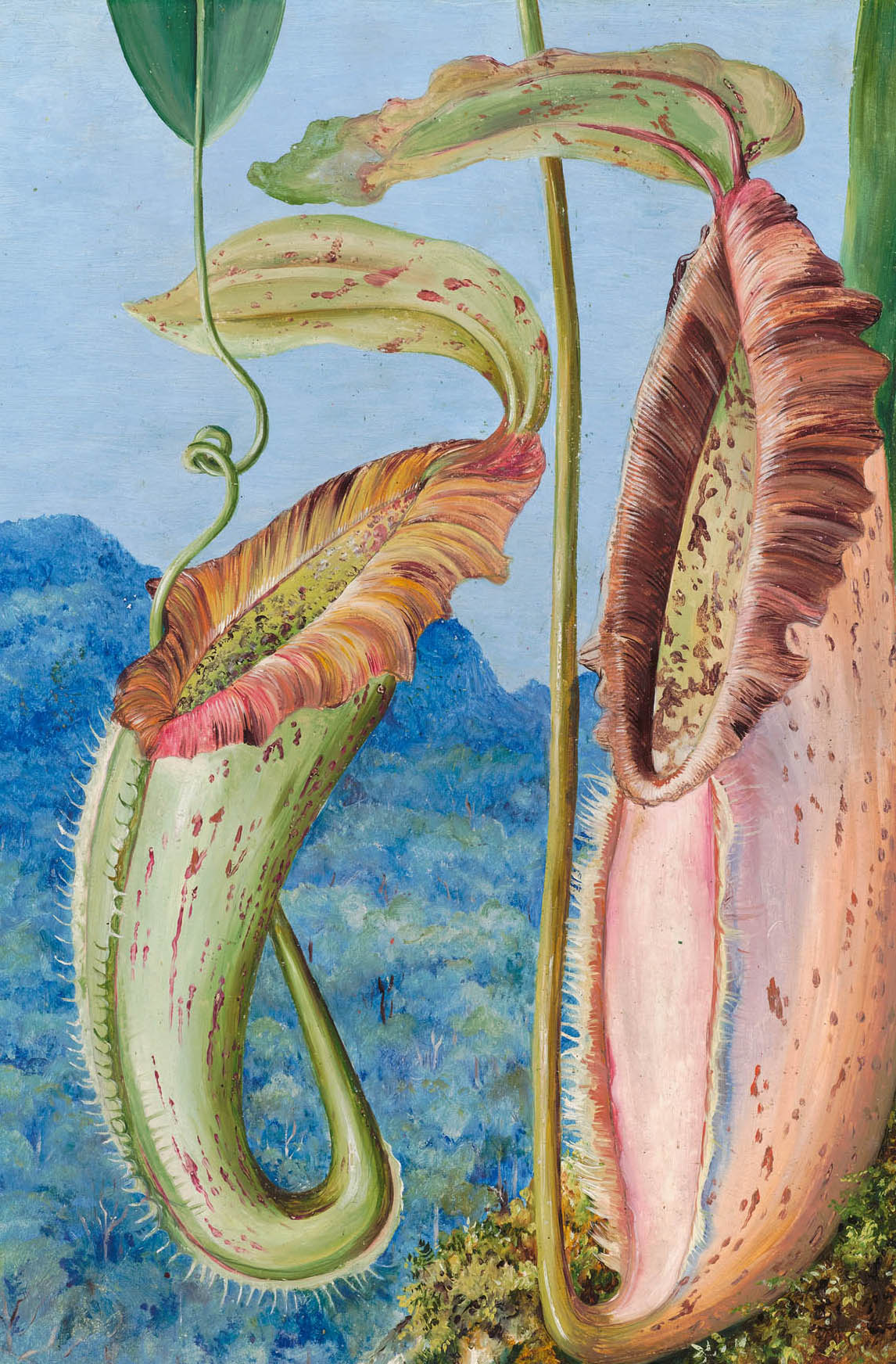
Nepenthes Northiana, 1876. Credit: Andrew McRobb / Board of Trustees, RBG KewHer sobriquet was appended to another Borneo plant as recently as 2021. In 1876, North had painted bunches of diminutive blue and green berries on a shrub, easy to overlook in a canvas where huge, exotic yellow fruits take centre stage.
However, the berries drew the eye of botanist Tianyi Yu. Cross-referencing the painting with a specimen in the Kew Herbarium, he identified the shrub as a new species of Chassalia, which he appropriately named C. northiana.
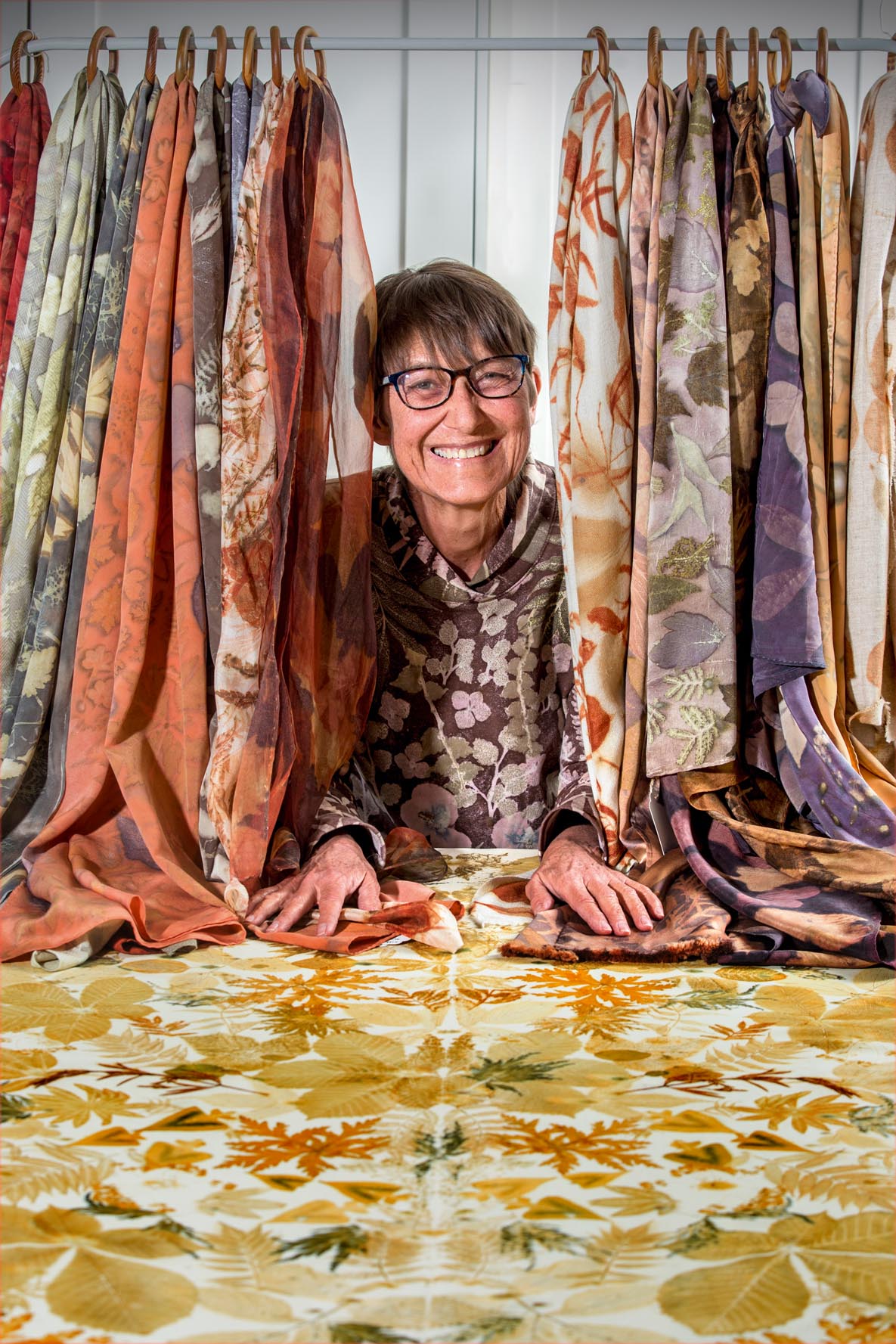
In Focus: The botanical textile artist turning fragments of the Cotswolds into art

In Focus: Lucian Freud's plant portraits, from the tiny to the vast, all years in the painting
Steven Desmond visits the Lucian Freud exhibition at the Garden Museum, bringing a horticulturalist's eye to works by one of
Carla must be the only Italian that finds the English weather more congenial than her native country’s sunshine. An antique herself, she became Country Life’s Arts & Antiques editor in 2023 having previously covered, as a freelance journalist, heritage, conservation, history and property stories, for which she won a couple of awards. Her musical taste has never evolved past Puccini and she spends most of her time immersed in any century before the 20th.
